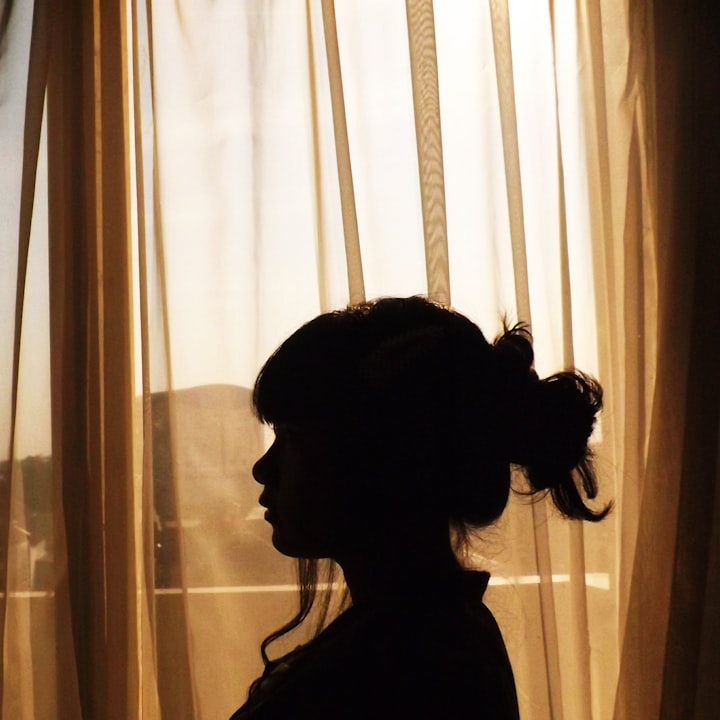
Introverts are usually regarded as misunderstood members of the community; introversion behavior can occasionally seem suspicious and questionable because people know little about it. Introverts are often misunderstood because of their quiet nature which may cause suspicion to arise in others and sometimes even discomfort. The majority of people view them as awkward people during social situations, people who lack confidence and communication skills. Although there are a few traits that can be applied to almost everyone, introverts are generally thought of as being quiet and reserved.
While most introverts find socializing exhausting, especially at large gatherings and events, there are also significant exceptions. According to a scientific study conducted by psychologist Jonathan Cheek and his colleagues, there are various types of introverts. When psychologists talk about introversion, they do not always mean the same thing or the thing you knew previously. So there are four different types of introverts each possessing a different set of traits. Although, all four different types are types of introverts, they do not represent the same type of person.
The four different types of introverts are as follows:
Social Introverts
These are people who are introverted by nature and prefer to spend time with themselves but find it easy to go to a social event or a family hangout. Social introverts enjoy going out with a smaller crowd and do not usually experience anxiety being around people. They have many satisfactory friendships, but they do not talk to any of their friends daily because they like to be alone for long periods. They do not need constant chit-chat or daily conversations with their close friends to be happy. Social introverts also love being home alone, usually with their nose in a good book. Social introverts struggle to balance their need to connect with people and their love for solitude. They are also known as extroverted introverts commonly.
What makes social introverts different?
The primary distinction between social introverts and other personality types is that the former rarely make decisions motivated by remorse or a sense of exclusion. Instead, they act based on their preferences. Social introverts are recognized as being slightly more extroverted than the average introvert because they enjoy one-on-one or small-group conversations. They easily make friends because of their warmth, friendliness, and capacity for empathy, but social introverts find it difficult to maintain such friendships. Expect them to leave early because they have a social battery that runs out fast.
Thinking Introverts
A thinking introvert has an active inner life and spends much of their time daydreaming. Because they are absorbed in their deep inner world, they avoid social situations and do not mind other people's presence. They are known for spending the majority of their waking hours in their heads, thinking about life, and self-analyzing. They are also known as introspective introverts.
What makes thinking introverts different?
Introverts have a rich inner life; they are constantly thoughtful and pensive, particularly after reading or watching something. They take into account their feeling of the imaginative world and enjoy it. This type of introvert is more intelligent, constantly examining their surroundings and engaging in in-depth conversations with themselves. Because they constantly watch and think, this introverted personality type does not have much time for socializing.
Restrained Introverts
Restrained introverts are one of the most common types of introverts but they are not commonly discussed. They take some time to adjust to unfamiliar faces and large crowds before revealing their true colors, but once they do, they become ready to go. The majority of restrained introverts enjoy meeting new people but tend to hold back until they feel a genuine connection with the other person. A restrained introvert appears reserved and a little mysterious because they take a back seat in a new connection and take a long time to observe the new person up to a necessary level. Not only the restrained ones but also the majority of introverts are too reserved before opening up to a new person.
What makes restrained introverts different?
They avoid conversations as much as they can. They are the students who never raise their hand in class, regardless of whether they know the answer to the teacher's question or not. Depending on the type of introversion, they may struggle to be able to utter the words of their response.
Anxious Introverts
The anxious introvert is the stereotypical introvert: from the outside, they are shy and withdrawn. Anxious introverts often feel unsettled or uncomfortable in most social settings. The anxious introvert is seen as the opposite of the social introvert as they struggle with large crowds and public speaking and feel extremely uneasy before either of these activities. An anxious introvert frequently refuses invitations or plans because they become aware of the intensely nervous feelings they would experience in a social setting, particularly in large groups, rather than because they prefer to be alone in isolation.
What makes anxious introverts different?
There are constant butterflies in their stomach before meeting new people or seeing new faces; it is procrastinating that phone call they have been wanting to make for the past three weeks, there is awkwardly laughing in a conversation because they do not know what to say or fear having anything said to be judged. Anxious introverts frequently experience excruciating self-consciousness around other people if they mistakenly believe they are the center of attention. They continue to live in unending fears, doubts, rejections, rebukes, and misery.
Disclaimer: The story has already been published on other platforms.






Comments (1)
This piece of writing was exceptional. I thoroughly enjoyed it